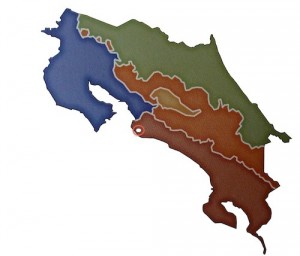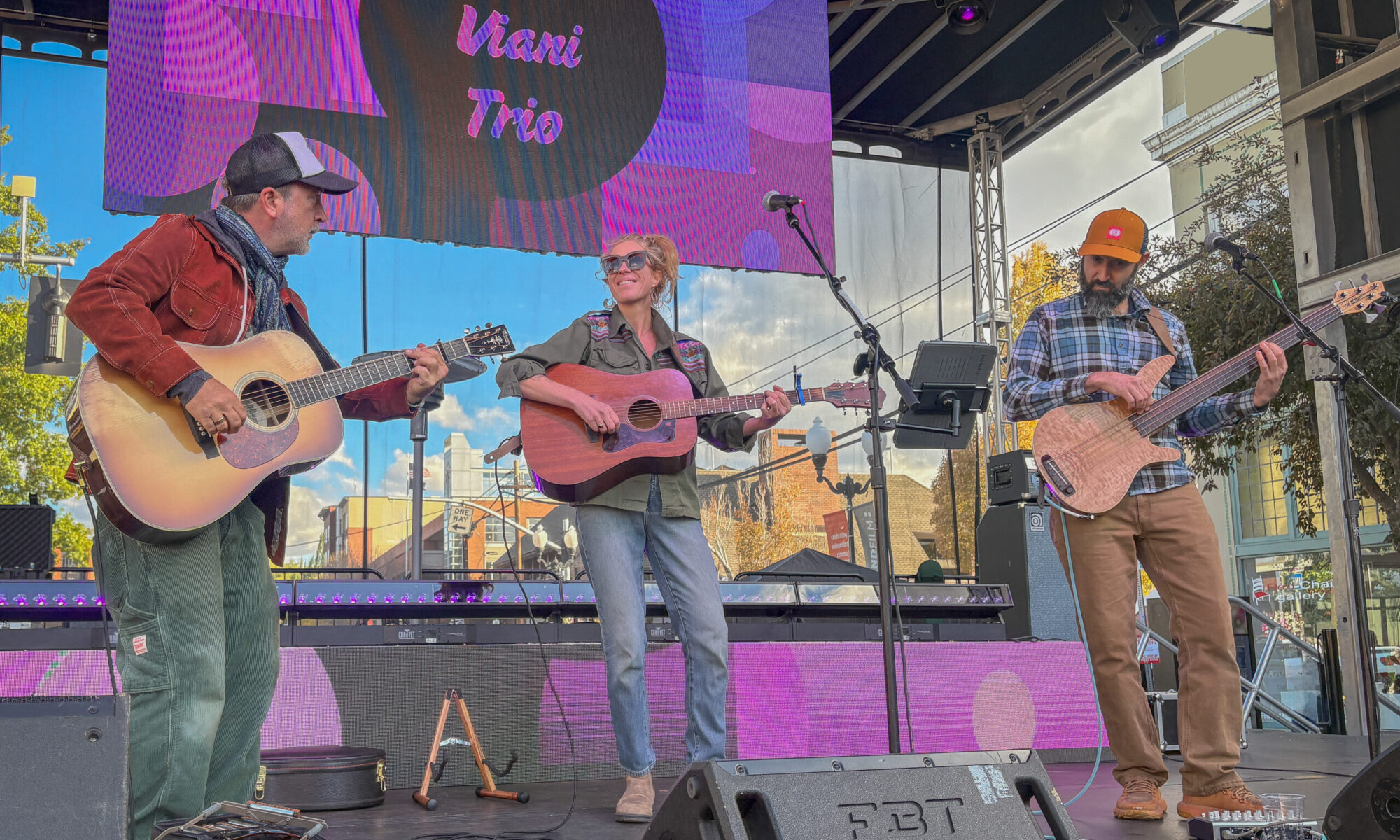
Leaving Las Alturas was a bit frustrating because there was much more we could have done had we more time. Martín’s wife (and our wonderful travel coordinator), Grace Lizano, had the van loaded and a majority of the the construction team hopped on after breakfast. The food at Las Alturas was wonderful—luscious avocados, mangoes, papaya, pineapples in December (but who’s complaining). And that was the fruit course! There was always the Costa Rican staple of rice and beans (Pinto de Gallo), cheese made from the farm’s dairy, and other delicacies that surprised us daily.
Passing through the farm’s security gate and into the traditional cleared fields of the inhabitants of San Vito, it was really strange looking back on the tree-covered hills behind us. The 25,000 acres of Las Alturas backs up onto the La Amistad International Park that extends into Panama. All together, we’re talking about 410,000 hectares (1,500 sq. miles) of mostly virgin forest separated from inhabitation by a long fence. Really long.

Grace selected a coastal route for the return to San José for those flying home. Sooney and I got dropped off near the coastal town of Tárcoles, and stayed a couple nights at Cerro Lodge Hotel. The journey was a long one, punctuated by a refreshing swim in the Pacific after lunch. Our arrival at dusk didn’t prepare us for the morning ritual the following morning: birders from all over the world gathered in the lodge’s expansive gardens brandishing HUGE cameras and snap-snapping zillions of photos of Scarlet Macaws, Trogons, and all this at 5:45 a.m. Nice start to the next leg of our journey.
We met some nice folks from Portland and teamed up with them for two ventures into Carara National Park. The morning walk was in primary forests that parallels the major highway we’d traveled the night before. Vehicular noise drowned out the bird songs our guide used to locate birds and so the experience was just so-so. Of course we saw many wonderful species but we’d been spoiled the previous week. After lunch, we returned to another section of the park and walked a kilometer away from the road along a small creek. When the sun got lower, the bird activity increased and it turned out to be really enjoyable.

While on that afternoon walk, we came upon Merlin Tuttle, nicknamed the “Real Batman” for his numerous publications on bat populations < www.merlintuttle.com >. He proudly informed us of his upcoming article in the March, 2014, issue of National Geographic. His focus for this visit is the rare Costa Rican “Ghost Bat” that we were privileged to view. Many native plants in Costa Rica depend completely on bats as their only pollinators. Seeing researchers in the field always adds an added dimension to our adventures, and reinforces (hopefully) our decision to stay in 2 biological research stations during this second half of our journey.

an updated gallery of Costa Rican Birds.
Birds identified in and around Cerro Lodge and/or Carara National Park:
Yellow-crowned Euphonia, Red-breasted Becard, Violaceous Trogon (Garter Trogon), Baltimore Oriole, Scarlet Macaw, Clay-colored Robin (the national bird), Yellow-headed Caracara, Steely-vented Hummingbird, Slaty-tailed Trogon, Hoffman’s Woodpecker, Pale-billed Woodpecker, Purple-crowned Fairy, Streak-headed Wood Creeper, Chestnut-backed Antbird, Rufous-naped Wren, Belted Kingfisher, Northern Waterthrush, Ruff-rumped Warbler, Orange-billed Sparrow, Buff-throated Saltator, Blue-throated Goldentail Hummingbird, Dot-winged Antwren, Kiskadee, Rufous-tailed Jacamar, Turquoise-browed Motmot, Black-headed Trogon, Stripe-headed Sparrow, Black-headed Antshrike, Red-legged Honeycreeper, Collared Forest-Falcon, Melodious Blackbird, Western Kingbird, Inca Dove, White-winged Dove, Ruddy-ground Dove, White-tipped Dove, Cinnamon Hummingbird, Yellow-billed Cacique, Tropical Kingbird, Ruby-throated Hummingbird
